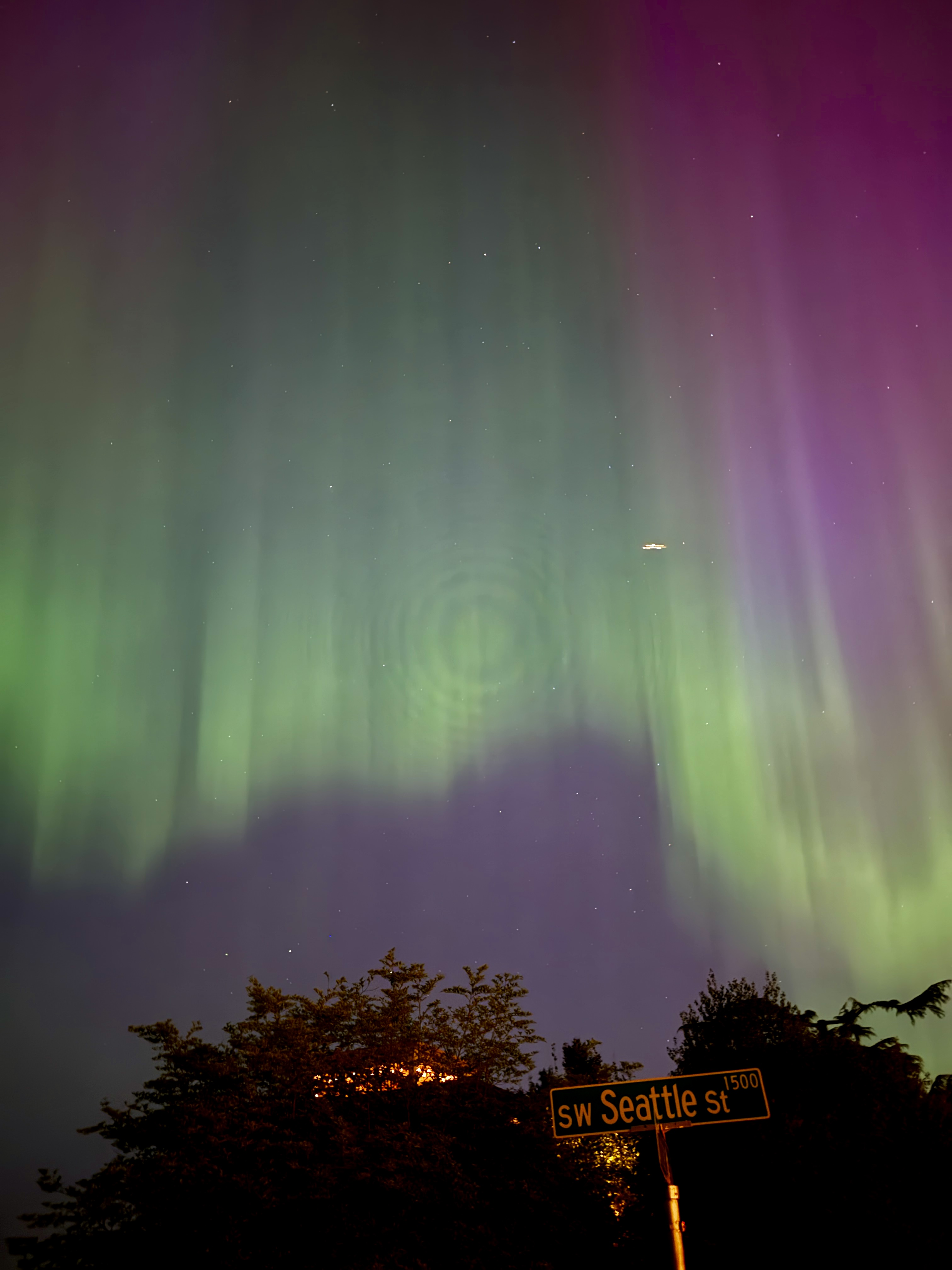 (Reader photo, recent tree work near Alki Point)
(Reader photo, recent tree work near Alki Point)
Much of the city’s remaining forested areas are here in West Seattle, so it’s no surprise that many people on the peninsula feel fiercely protective of trees. We often get email from readers concerned about development projects that take out trees; most of the time, our subsequent research reveals the removal was allowed. So, what if anything is the city doing to try to keep the Emerald City from turning something closer to topaz? A couple of hints came during the most-recent meeting of the City Council’s Land Use and Neighborhoods Committee, 39 and a half minutes in:
The committee got its “quarterly tree report” – mandated since fall 2019 – from reps of the city Department of Construction and Inspections and Office of Sustainability and the Environment. See the summary here. This didn’t includes basics such as “X trees cut,” however – they’re still working on compiling that kind of data. But they discussed both progress toward the city’s revised Urban Forest Management Plan – three years in the making – and what’s being done under existing rules.
Sandra Pinto Urrutia from OSE talked about the former, explaining that they’ve continued to collect public input about what the new plan should cover; prevailing themes so far, she said, included requests to focus city resources on tree care and to examine economic effects of tree loss. A draft of the updated plan should be ready for council review later this spring.
Chanda Emery of SDCI said the department has been enforcing violations, even fining one developer $99,000 in a “triple penalty” for illegally removing an exceptional tree. She elaborated that despite extensive back-and-forth with SDCI, the tree eventually was cut to make way for a two-car garage. Councilmember Alex Pedersen interjected that this wasn’t a situation city reps discovered, but rather something that community members had uncovered.
One point of progress mentioned by Emery: A draft “director’s rule” requiring tree services operating within the Seattle city limits to acknowledge that they have read and are aware of city rules. She also said the city plans a federally funded survey using LIDAR data to determine how the city’s tree canopy has changed, starting within a few weeks. Councilmembers were told that past canopy assessments weren’t of much comparative use because the technologies kept changing, but this time “we have everything we need in place.”
For more on what the city is and isn’t doing about trees, you can go here.


| 53 COMMENTS